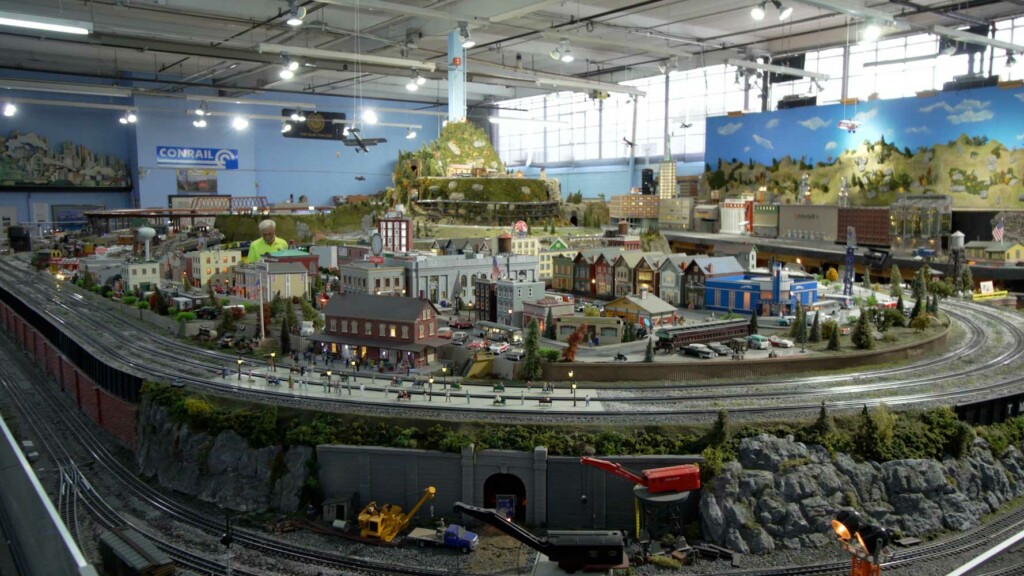
The Train Masters of Babylon sounds exotic, but the reality is it’s just a great O gauge club layout in New York. Highly detailed and encompassing more than 2,400 square feet, this 41 x 60 display showcases the railroads of the region. Read more in the July-August 2023 issue. […]
Read More…

The Train Masters of Babylon sounds exotic, but the reality is it’s just a great O gauge club layout in New York. Highly detailed and encompassing more than 2,400 square feet, this 41 x 60 display showcases the railroads of the region. Read more in the July-August 2023 issue. […]
Read More…
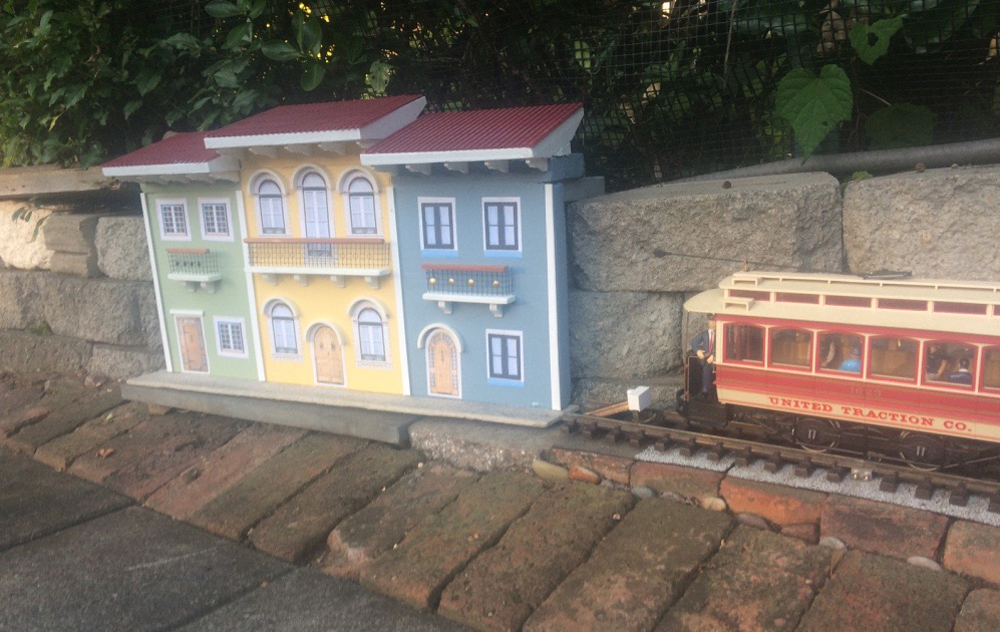
My railroad is located in the last 12 feet at the end of my backyard and occupies an area about 12’ x 43’, with no hope for expansion. Although I’m generally happy with the 120’ of track in a folded dog bone configuration, I’m always looking for ways to add more track without making it […]
Read More…
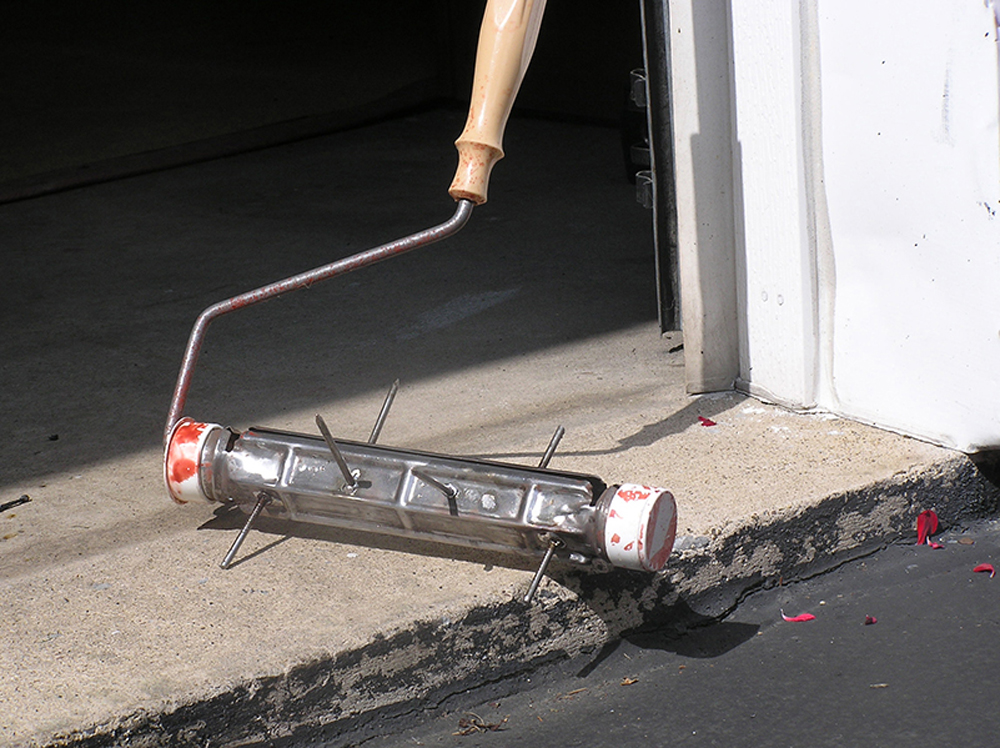
7 tips for your roadbed and right-of-way: Keep your trains rolling with these easy tips. Learn how to store ballast nearby, easily pick up leaves, clear switch points, and more! Piping under the roadbed When we built our garden railroad, we found that we needed to provide water to plants on the far side of […]
Read More…
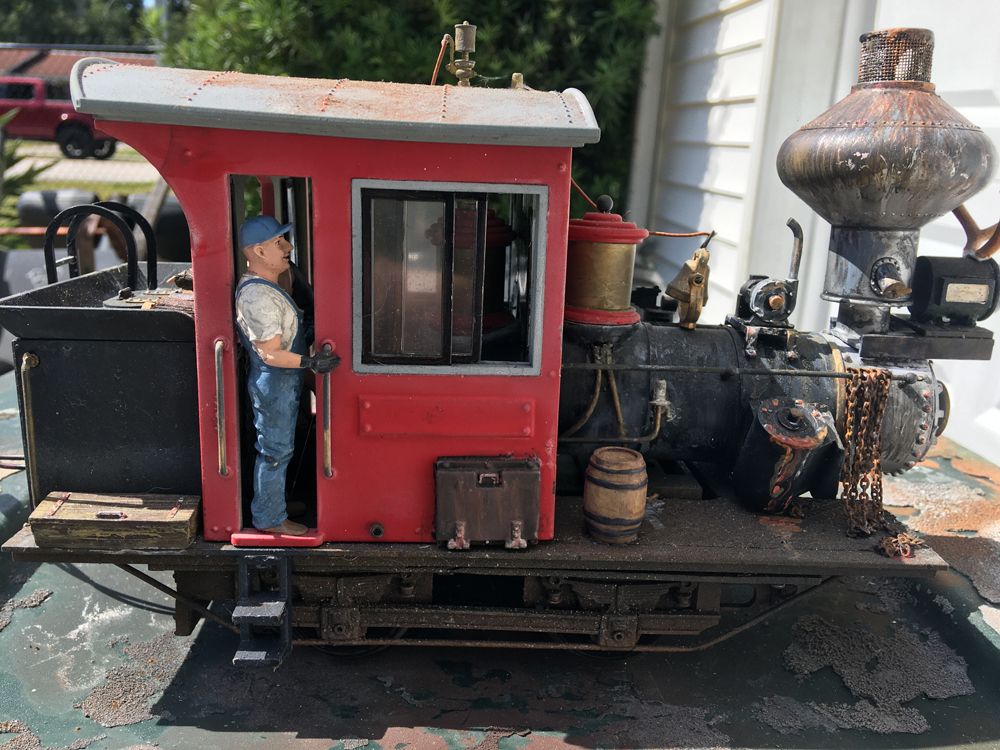
Meet Bill Barnwell In a paragraph, how did you get started in the hobby? I got started in trains at the age of six with a Lionel 027 steam freight set and an oval of track under the Christmas tree. I still remember the smell of electric ozone in the air, laying on the rug at […]
Read More…
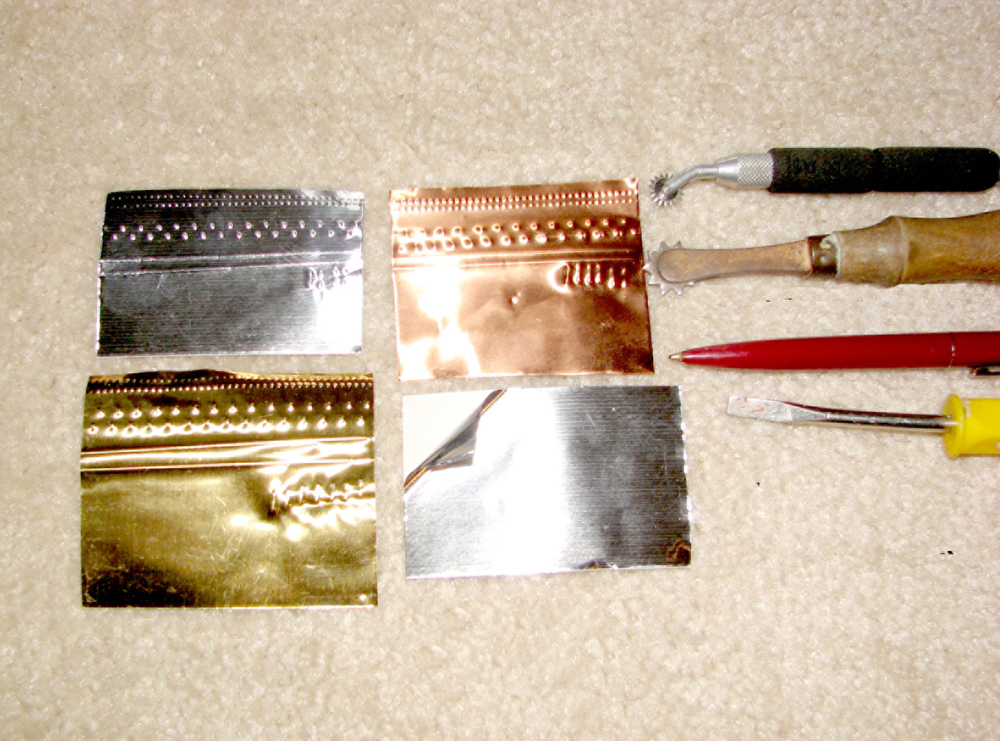
Six tips for better structures Build better stair stringers To build stairs with identical risers and steps, I cut a board, 1 x 2, or 1 x 4, into one wide stringer on my table saw with a dado blade set for 1/2″-wide cuts. You could also lay out the steps on the edge […]
Read More…
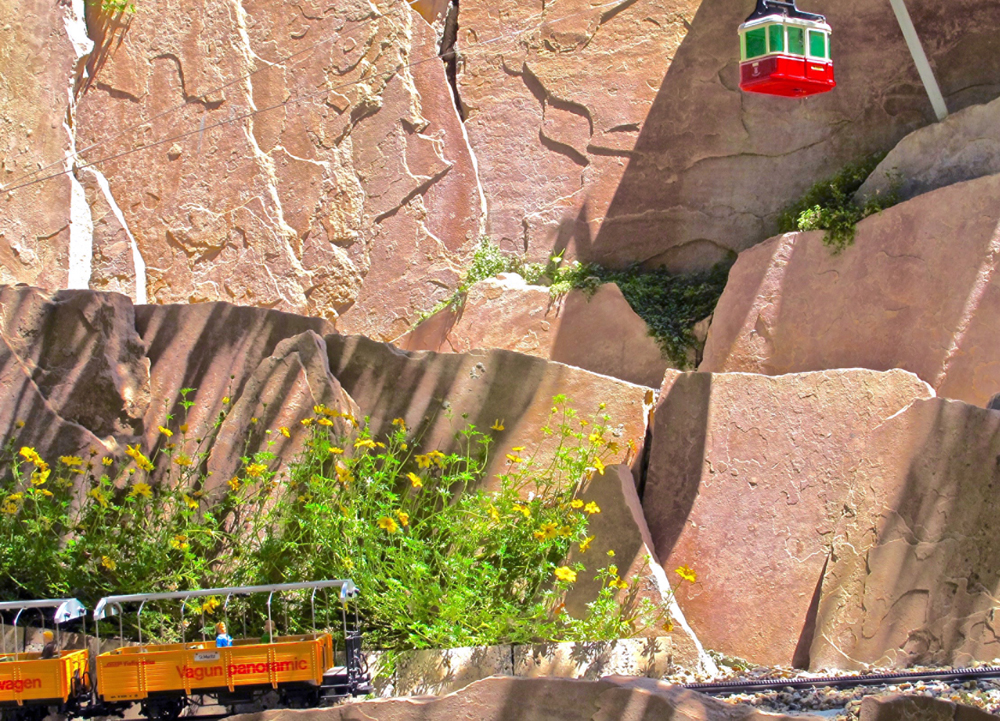
Common name: Dahlberg daisy, golden fleece Latin name: Thymophylla tenuiloba var. tenuiloba, syn. Dyssodia tenuiloba Plant type: Annual USDA Hardiness Zones: n/a Plant size: 6-12″ high and wide Cultural needs: Sunny, well drained, neutral or slightly acidic poor soil Delicate little annuals with lacy foliage and small yellow daisies soften the toughest rocks. Dahlberg daisy […]
Read More…
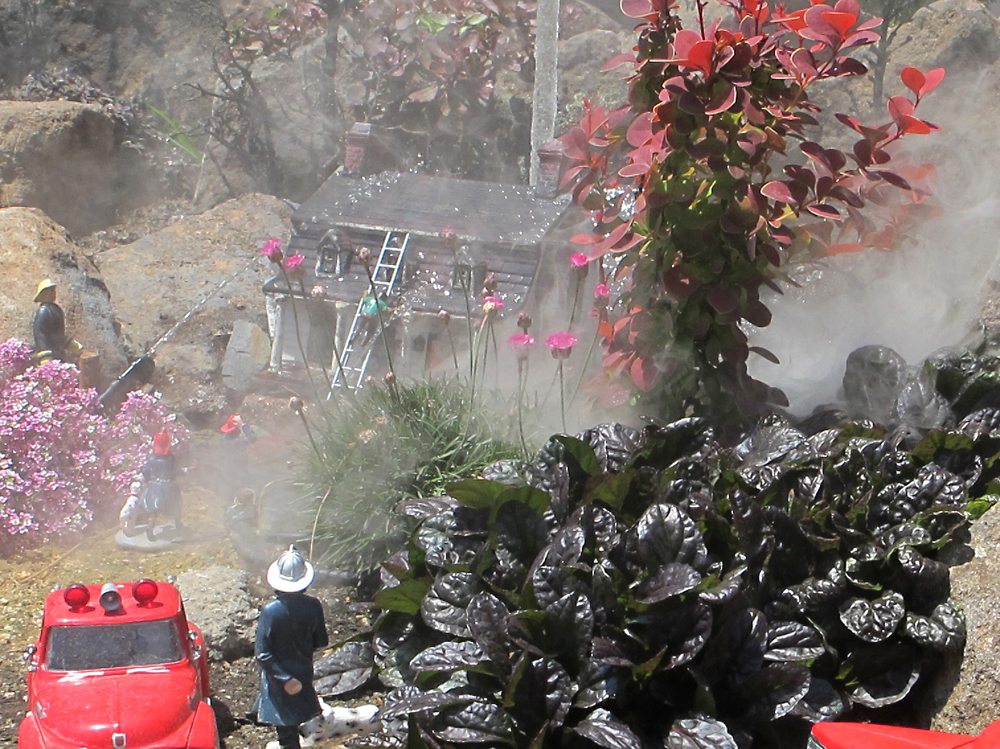
Adding water and smoke to an O scale garden railway While picking up my supply of filtered water, I was “amazed and mystified” by the counter display—a faucet floating in mid air, spouting a stream of water that never quite filled a bucket. When the owner showed me the clear plastic tube that had been […]
Read More…
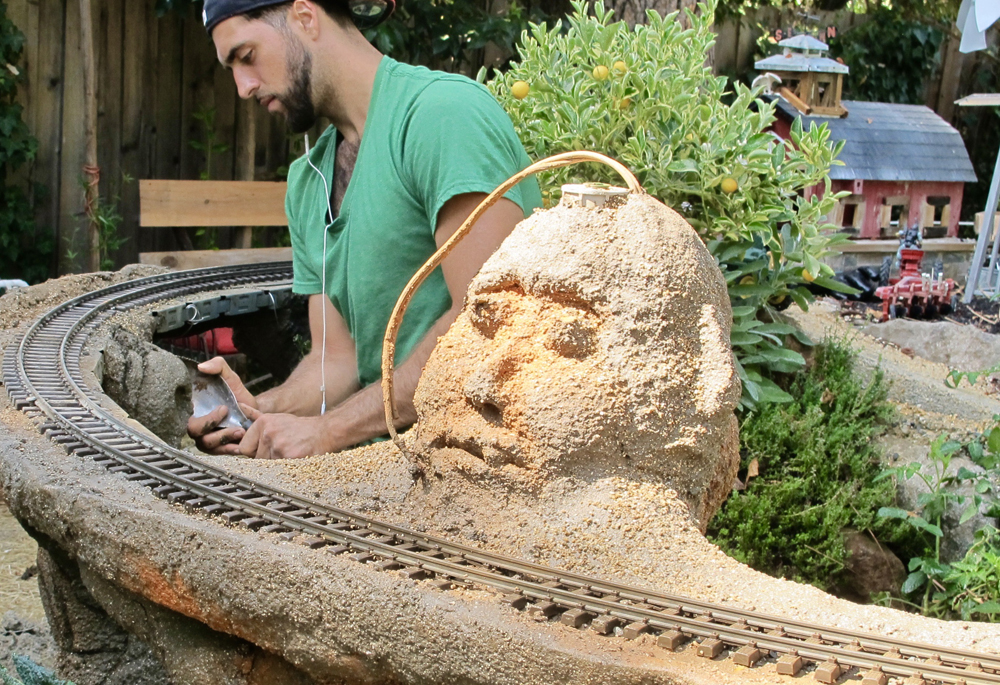
Hypertufa recipe and techniques How have you made structures and walls with hypertufa or similar cement products? Two reports show four different applications for hypertufa. Ray Turner shows a picture of his helix mountain still unpainted for us to study; the final photo shows a magnificently finished set of bridges spanning the cement-product valley backdropped […]
Read More…
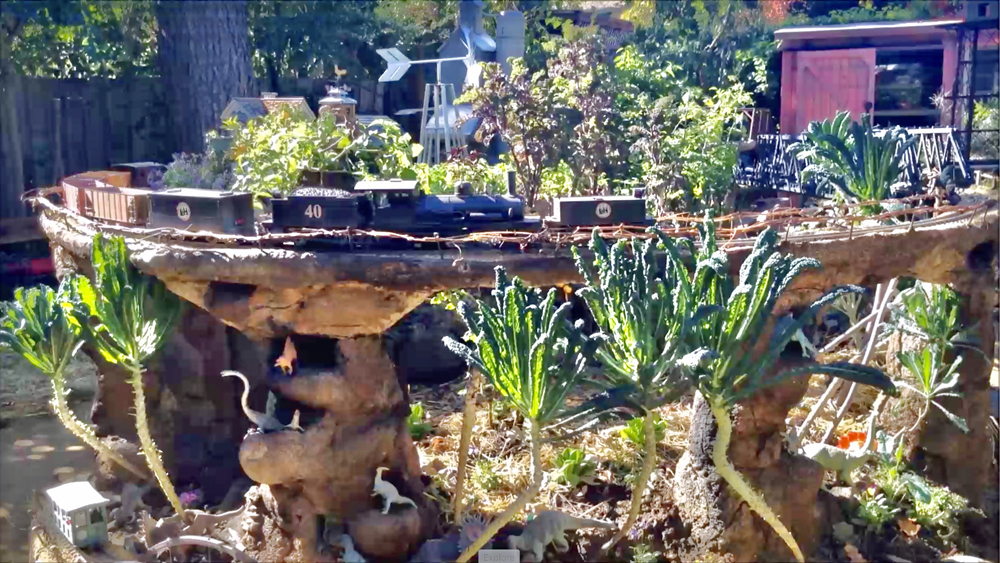
In my last column for Garden Railways (Tunneling through tough times), I mentioned learning more about making handmade hardscape using hypertufa “in the next issue.” Little did I know how much would change in the next couple of years—the print GR is no longer produced and Trains.com has been revamped. I’m finally ready to showcase […]
Read More…
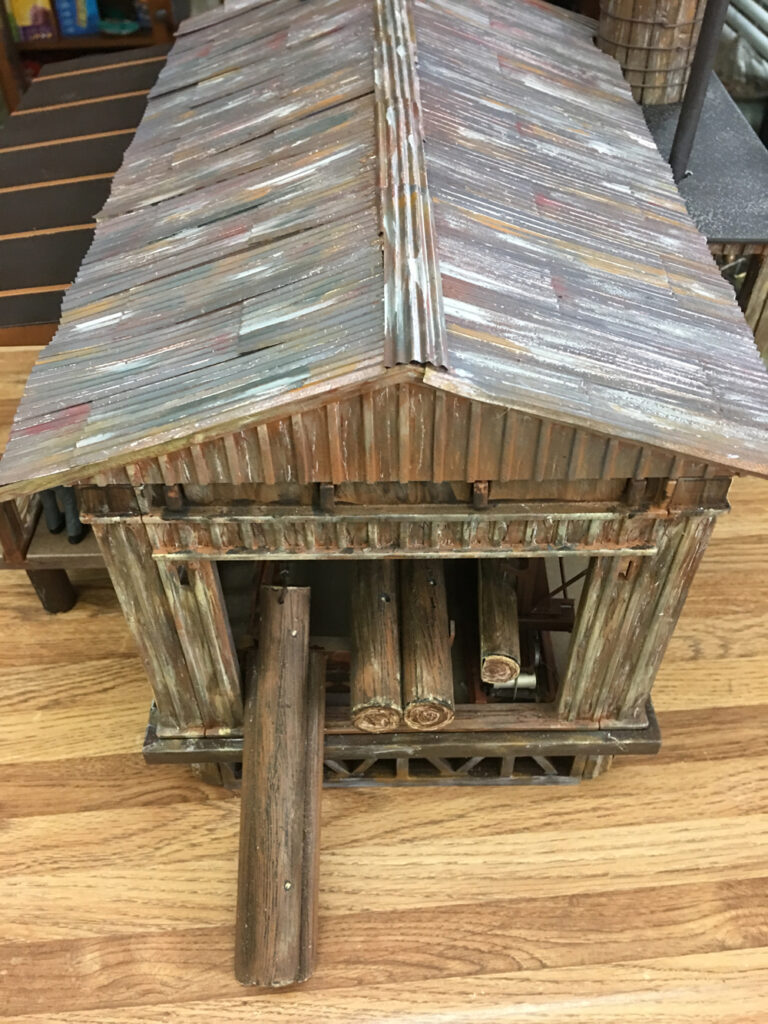
Preview Garden Railways May and June content While we may no longer be printing Garden Railways magazine, we’re adding new content to Trains.com every week! Here’s a few recent items, and a preview of what’s coming in the next month. Become a Trains.com member so you don’t miss any of this great content! Working with […]
Read More…
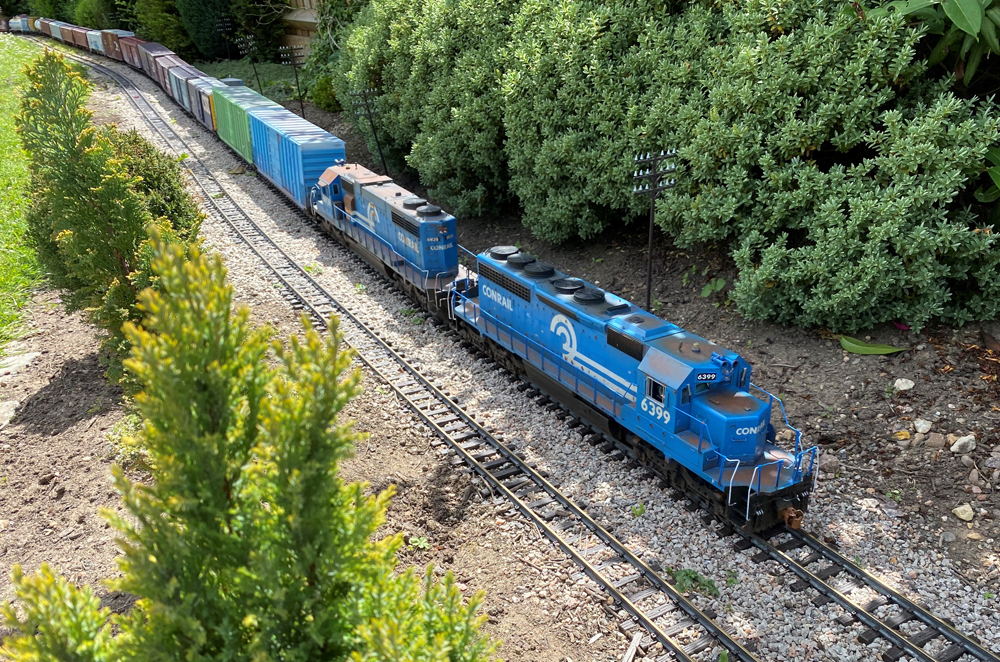
Meet Mark Bottrill In a paragraph, how did you get started in the hobby? Despite being a lifelong railfan, I had no knowledge of large scale or US garden trains prior to 2003. This changed when I saw a screensaver on the computer monitor of a USAF Major I met while serving in the military […]
Read More…











